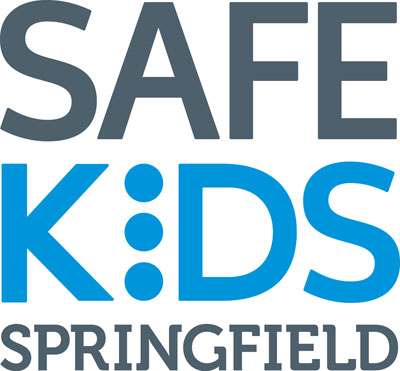
- Who We Are
- What We Do
- Bike/Wheel Safety
- Burn and Scald Prevention
- Button Battery
- Car Seat/Seat Belt Safety
- Emergency Preparedness
- Falls
- Fire Prevention
- Girl Scouts & Boy Scouts
- Gun Storage Safety
- Heat in Vehicles
- Home Safety
- Laundry Safety
- Pedestrian Safety
- Poison Prevention
- Rock Your Seat Belt Teen Program
- Safe Sleep
- Sports Safety
- TV & Furniture tipovers
- Toy Safety
- Water Safety
- Why It Matters
- Resources
- Get Involved
Rock Your Seat Belt Teen Program
Do you use your seat belt on every ride? Did you know it only takes 3 seconds, but could save your life or the life of others in the same vehicle? Buckling up on every ride is the single most important thing a person can do to stay safe in the car.
Rock Your Seat Belt is a four-part video series created for classroom educators, driver’s education instructors, health teachers, youth group leaders, or anyone interested in helping teens understand the importance of buckling up every ride. These quick moving videos break relevant material down so you can use one or all four, all at once or over several sessions. The videos provide straight talk to teens about the importance of always wearing a seat belt, whether they are a passenger or the driver.
Video 1 – Lays the foundation for why teens are at risk, discussing the impact of injuries and lives lost each year.
Video 2 – Demonstrates the three stages of a crash, the vehicle crash, the human crash, and the internal crash.
Video 3 – Provides education on how airbags and seat belts actually work, as well as their purpose.
Video 4 – Shows what happens when someone chooses not to wear a seat belt, demonstrating both the dangers to oneself and to others in the vehicle.
The Facts
- Traffic crashes are one of the leading causes of death in the U.S.
- About 40,000 people a year lose their lives on U.S. roadways each year.
- Research tells us about 50% of those people could have survived if they had buckled up.
Top Tips
- About 1000 Missourians lose their lives each year on our roadways, 63% of who died not wearing their seat belts (see video #1).
- Just because your vehicle stops doesn’t mean you stop. Learn the stages of crash force to understand the dangers (see video #2).
- Airbags cannot protect you from injury but are designed to work in tandem with your seat belt to keep you safe (see video #3).
- Wearing your seatbelt not only protects you in a crash, but also protects others in the car with you (see video #4).



